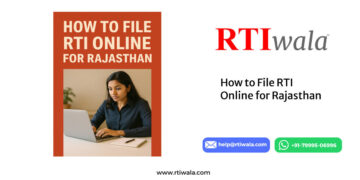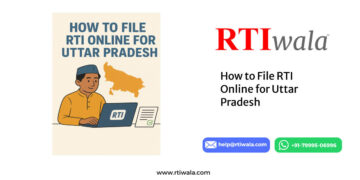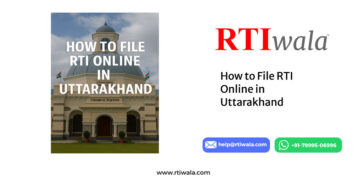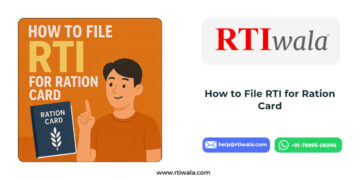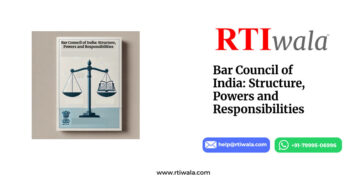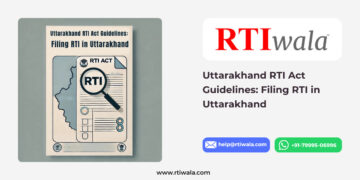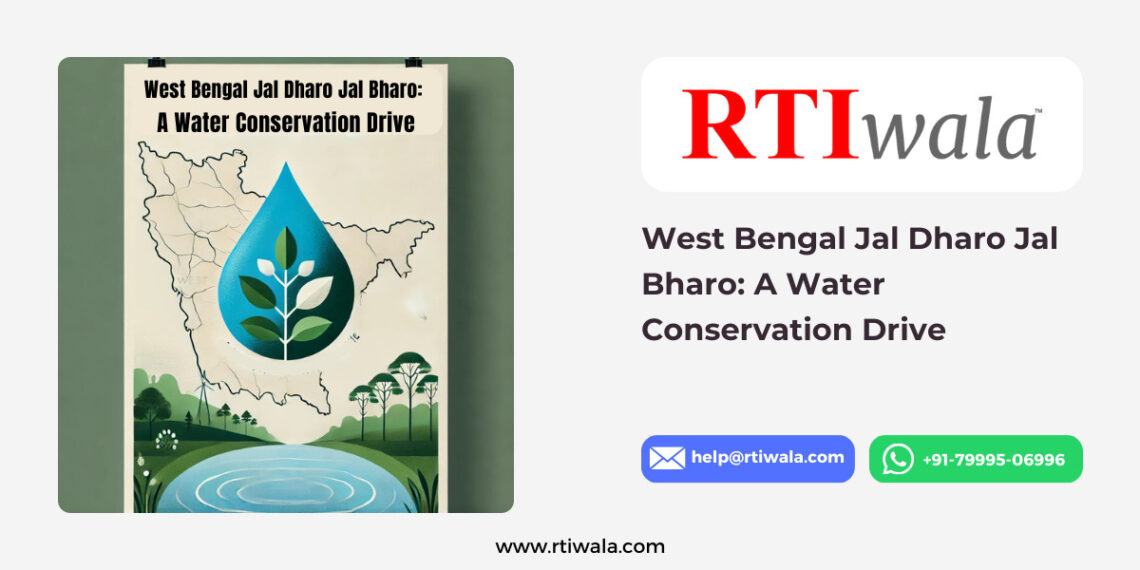Introduction
Water is an essential resource for life, agriculture, and development. Recognizing the growing challenges of water scarcity and mismanagement, the Government of West Bengal launched the Jal Dharo Jal Bharo initiative. Translating to “Store Water, Save Water,” this program focuses on water conservation, rainwater harvesting, and sustainable water management to secure the state’s water resources for future generations.
In this article, we will delve into the objectives, features, benefits, and impact of the Jal Dharo Jal Bharo initiative, highlighting its significance in combating water scarcity and ensuring sustainable development.
What is Jal Dharo Jal Bharo?
The Jal Dharo Jal Bharo initiative is a flagship water conservation program by the West Bengal Government aimed at creating sustainable water storage and harvesting systems. Launched in 2011, the scheme promotes rainwater harvesting, rejuvenation of traditional water bodies, and construction of new water reservoirs to address water scarcity and ensure efficient water resource management.
Key Features:
- Rainwater Harvesting: Encourages the collection and storage of rainwater for agricultural and domestic use.
- Restoration of Water Bodies: Focuses on the rejuvenation of ponds, lakes, and reservoirs.
- Community Involvement: Involves local communities and farmers in water conservation activities.
Objectives of Jal Dharo Jal Bharo
- Conserve Water Resources: Enhance water storage capacity through rainwater harvesting and reservoir development.
- Support Agriculture: Ensure sufficient water availability for irrigation, particularly during dry seasons.
- Promote Sustainability: Encourage efficient and eco-friendly water management practices.
- Mitigate Water Scarcity: Reduce dependency on groundwater by replenishing traditional water sources.
- Increase Community Participation: Engage local communities in planning and implementing water conservation measures.
Key Components of the Initiative
- Rainwater Harvesting:
- Install systems for rainwater collection in urban and rural areas.
- Provide subsidies and technical support for constructing rainwater harvesting structures.
- Revival of Water Bodies:
- Desilt and clean existing ponds, tanks, and reservoirs to increase their storage capacity.
- Restore traditional water sources to their full functionality.
- Construction of New Reservoirs:
- Build water storage structures in drought-prone and water-scarce regions.
- Irrigation Support:
- Develop irrigation systems to ensure efficient water distribution to agricultural fields.
- Awareness Campaigns:
- Educate communities about the importance of water conservation and best practices.
Implementation Framework
The Jal Dharo Jal Bharo initiative adopts a decentralized approach, empowering local governments and communities to take active roles in its execution.
Implementation Steps:
- Site Identification:
- Conduct surveys to identify areas facing water scarcity or requiring reservoir construction.
- Community Engagement:
- Mobilize farmers and local communities to participate in water conservation efforts.
- Resource Allocation:
- Allocate funds for rainwater harvesting systems, restoration projects, and irrigation development.
- Monitoring and Maintenance:
- Use technology and community-driven approaches to track project progress and ensure sustainability.
Benefits of Jal Dharo Jal Bharo
- Water Conservation:
- Increases water availability for agriculture, drinking, and industrial use.
- Agricultural Productivity:
- Ensures a steady water supply for irrigation, reducing crop failures.
- Groundwater Recharge:
- Replenishes groundwater levels, reducing over-dependence on borewells.
- Flood Mitigation:
- Improves drainage systems and reduces waterlogging during monsoons.
- Community Empowerment:
- Involves communities in water management, fostering a sense of ownership.
Challenges and Solutions
Challenges:
- Resistance to adopting new water conservation practices.
- Limited funds and resources for large-scale implementation.
- Maintenance of restored water bodies over time.
Solutions:
- Conduct awareness programs to educate communities about the long-term benefits of water conservation.
- Explore public-private partnerships (PPPs) to secure additional funding and expertise.
- Form local committees to oversee the maintenance and management of water bodies.
Filing RTI for Scheme-Related Queries with RTIwala
Individuals or organizations seeking information about the Jal Dharo Jal Bharo initiative can file a Right to Information (RTI) to gain clarity about project implementation, funding, and outcomes. RTIwala offers expert support for filing RTI effectively.
How RTIwala Can Help:
- Transparency: Access details about water body restoration projects, funding allocations, and timelines.
- Issue Resolution: Address delays or challenges in project execution.
- Customized RTI Applications: Draft targeted queries for specific concerns.
Explore RTIwala services:
- Online RTI Filing: Easily file RTI online for water conservation-related queries.
- Custom Drafting Services: Professionally crafted RTI applications for maximum impact.
- Anonymous RTI Filing: Ensure privacy for sensitive inquiries.
Promoting RTIwala Services
For communities and individuals interested in monitoring or benefiting from the Jal Dharo Jal Bharo initiative, RTIwala provides reliable support to ensure transparency and accountability:
- Expert Consultation: Personalized advice for water conservation scheme-related concerns.
- Anonymous Filing Services: Private and secure RTI submissions.
Conclusion
The Jal Dharo Jal Bharo initiative is a visionary step toward sustainable water management in West Bengal. By focusing on rainwater harvesting, restoration of water bodies, and efficient irrigation, the scheme secures water resources for future generations while addressing immediate water scarcity challenges.
If you or your community could benefit from this initiative, participate actively and promote its practices. For assistance in accessing or monitoring the scheme, trust RTIwala to provide expert guidance and support.










